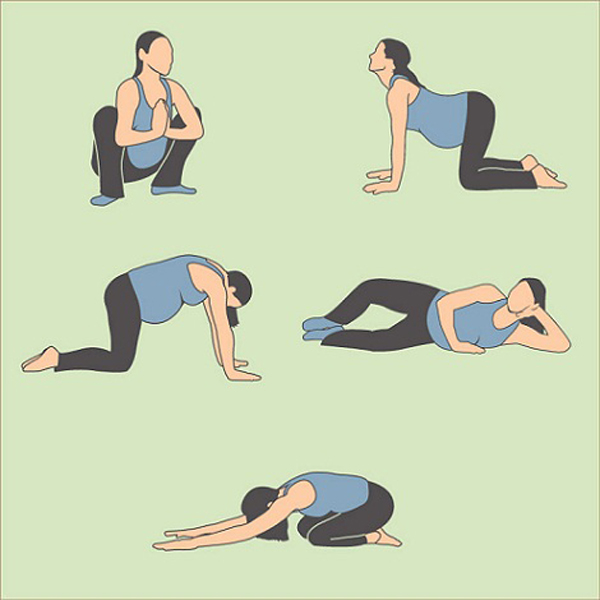
And of course, it's an amazing way to bond. It can stimulate your baby, which is especially helpful when you start counting kicks. Trusted Source PLOS One Fetal Behavioural Responses to Maternal Voice and Touch See All Sources So keep rubbing that bump! Research shows that fetuses respond powerfully to belly touches by moving around. Touching, patting or holding your bump doesn't just make you feel warm and fuzzy, it might make your baby feel good too. That's what your baby hears! Your baby likes when you touch your belly To get an idea of what things sound like for your baby, try talking with your hand over your mouth. Of course, everything will sound a little muffled in there. While there's no proof that playing certain music (like classical) will boost your baby's IQ, sharing your favorite tunes can still be a fun bonding experience. Speaking of songs, you might want to think about finding a special one to play for your baby. So don't be surprised if she gives a little kick when you talk or sing to her! But by 26 weeks, her brain is developed to the point where your baby can respond to stimuli.

For now, she's happy to just be a listener. The inside of your belly is warm and cozy - but it isn't soundproofīy as early as 16 weeks, your baby's ears are developed enough that she can hear your voice.
Bumpy roads during pregnancy third trimester skin#
You should also remove it if the skin around the ring seems red or inflamed, which could be signs of infection. If at any point your stretching belly makes your piercing irritating, you might want to take it out. At the end of pregnancy, you'll want to switch to wearing a straight plastic bar, which may feel more comfortable and is safer than metal jewelry in the event you need an emergency C-section. What if your belly button is pierced? As long as your belly button piercing is healed (as in, not freshly done) and healthy, there's no reason to remove your navel ring right now. Like most of the other changes happening to your body these days, this one is harmless - and things will go back to normal after you have the baby and your stomach deflates. Around 26 weeks, your expanding uterus will cause your belly button to protrude, making it look like an outie. If your belly button is an innie, it won't stay that way for long. It's completely normal, and it'll fade a few months after you give birth. They're also responsible for your linea nigra - the dark, vertical line extending from your belly button to your pubic area that becomes noticeable around 23 weeks. Surging pregnancy hormones can cause a number of skin anomalies, from darker areolas to hyperpigmentation on your face. That dark line that's forming is totally normal And by 28 weeks, your doctor will want you to start "counting kicks," or fetal movements, to ensure everything is progressing as expected. By 6 months, you might start to feel tiny feet pitter-pattering. Trusted Source American College of Obstetricians and Gynecologists How Your Fetus Grows During Pregnancy See All Sources įrom there on out, your baby will only get more active. This early movement - called quickening - usually starts when you're 4 or 5 months pregnant. If you feel a fluttering sensation, it could very well be your baby squirming or fidgeting.

Your body is growing to make a baby! Those butterflies in your belly might not be pre-baby jitters But in the meantime, try to embrace them. There's no proven way to prevent stretch marks, and they'll fade after you give birth. The streaks might become darker and more prominent when your tummy really starts to stretch around the 35-week mark. These marks form when the supporting layers under your skin get pulled tight as your belly expands. If you're among the more than half of pregnant women who develop skin streaks, you'll start to notice them when you're between 13 and 21 weeks along.

But once you begin showing, your belly will grow fast Even at 4 weeks, she's only the size of a poppy seed! So chances are, your bump won't start to show until you hit the 3-month mark - when your baby is about the size of a lime. (So exciting! And also … the morning sickness.) But aside from that big smile on your face, you might not look different on the outside.ĭuring those early weeks of pregnancy, your baby is still teeny-tiny. Sure, you'll likely feel a whole lot different inside once you find out you're pregnant. It probably won't be noticeable in the beginning Here are 10 fun facts about your ever-expanding baby bump.


 0 kommentar(er)
0 kommentar(er)
